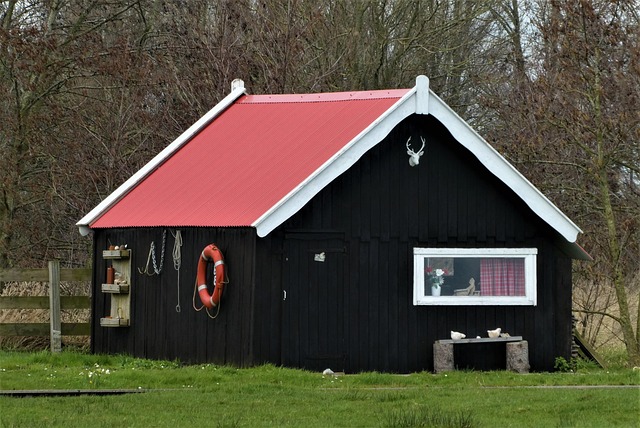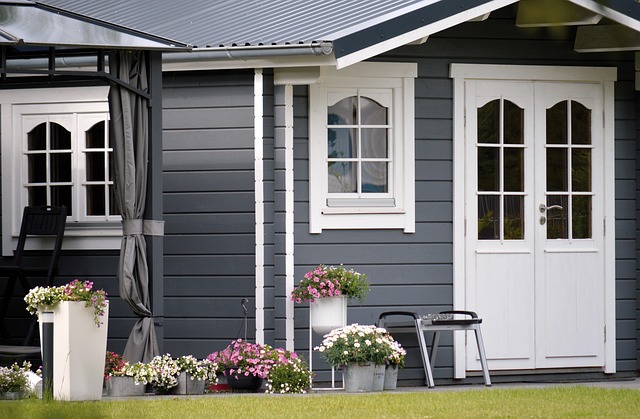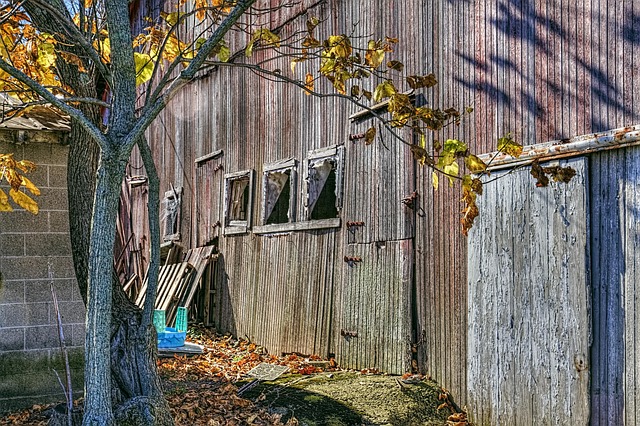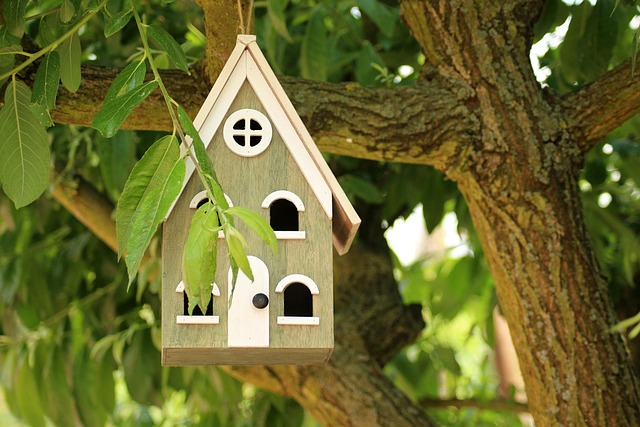Lofted Buildings in wooden sheds maximize space and organize tools efficiently. They offer vertical…….
Category: Outdoor Portable Buildings and Sheds Ontario
Stay informed with expert shed content and portable building industry news. Explore the latest articles and insights on Outdoor Sheds, Loft Barns And Wood Garages.
Introduction
Outdoor portable buildings and sheds have become an integral part of Canadian lifestyle, particularly in the province of Ontario. These structures offer versatile solutions for additional space, whether for storage, hobbies, home offices, or as accessory dwelling units. This comprehensive article delves into the multifaceted world of outdoor portable buildings and sheds in Ontario, exploring their significance, the economic impact they have on the region, the technological advancements that shape them, the policies that govern them, the challenges they face, and their future prospects. Readers will gain a thorough understanding of these structures and how they contribute to Ontario’s landscape, both physically and economically.
Understanding Outdoor Portable Buildings and Sheds Ontario
Outdoor portable buildings and sheds are prefabricated structures designed for easy transportation and assembly on-site. They range from simple garden storage shedsto sophisticated modular homes. These buildings are constructed using various materials, including wood, steel, and composites, and are designed to meet specific needs while blending with Ontario’s diverse environments—rural, urban, and everything in between.
Historically, sheds have been a part of Canadian life for centuries, serving practical purposes. However, the evolution into portable buildings has been driven by advancements in materials, construction techniques, and changing consumer demands. Today, they are a testament to innovation and adaptability within the building sector in Ontario.
Global Impact and Trends
The influence of outdoor portable buildings and sheds extends beyond Ontario’s borders, as global trends in sustainability, urbanization, and the need for flexible living spaces have led to their adoption worldwide. The international market for these structures is growing, with innovations in design, materials, and technology fostering new applications and increased demand.
In North America, there has been a significant shift towards sustainable building practices, with a focus on reducing environmental impact and promoting eco-friendly living solutions. In Europe and parts of Asia, the compact size and adaptability of portable buildings are increasingly seen as viable alternatives to traditional construction methods in both urban and rural settings.
Economic Considerations
The outdoor portable building and shed industry is a substantial economic sector within Ontario. It encompasses manufacturers, suppliers, transporters, and retailers, contributing to job creation and economic diversification. The market dynamics are influenced by consumer trends, with an uptick in demand for home offices, workshops, and additional living spaces due to shifting work patterns and lifestyles.
Investment patterns in this sector reflect a balance between affordability, customization, and sustainability. Portable buildings and sheds offer cost-effective alternatives to permanent construction, making them accessible to a broader range of consumers. They also play a role in stimulating local economies by providing a platform for skilled tradespeople and supporting small businesses.
Technological Advancements
Technological advancements have significantly impacted the outdoor portable building and shed industry in Ontario. Innovations in design software allow for virtual previews of buildings, ensuring customer satisfaction before construction begins. Material science has led to the development of more durable, weather-resistant, and sustainable building materials.
Smart technology integration is another trend, with options for energy efficiency, lighting systems, insulation, and connectivity that make these structures not only portable but also modern and comfortable. The future holds promise for even greater advancements, such as self-sustaining units with integrated renewable energy sources.
Policy and Regulation
The governance of outdoor portable buildings and sheds in Ontario is guided by a range of policies and regulations at municipal, provincial, and federal levels. These include building codes, zoning laws, and environmental standards that ensure safety, functionality, and sustainability. The policies are designed to balance the needs of homeowners with broader societal goals, such as land use efficiency and housing affordability.
Local governments often have specific by-laws that dictate where and how these buildings can be constructed. These regulations are crucial in maintaining community standards and ensuring that portable buildings complement their surroundings without compromising environmental integrity.
Challenges and Criticisms
Despite their advantages, outdoor portable buildings and sheds face challenges and criticisms. One of the primary concerns is the long-term sustainability of these structures, especially regarding their carbon footprint. Issues such as waste management during construction and disposal also need addressing.
Another challenge is the integration of these buildings into neighborhoods and communities without disrupting existing architectural styles or community cohesion. Additionally, there are regulatory hurdles that can make the process of obtaining permits and adhering to local bylaws complex and time-consuming for homeowners.
Case Studies
Several case studies across Ontario highlight successful applications of outdoor portable buildings and sheds. A rural farm may use a prefabricated structure as a workshop, while an urban dweller might convert a shed into a home office or guest suite. These real-world examples demonstrate the versatility and adaptability of these buildings, showcasing their potential to enhance property value and quality of life.
Future Prospects
The future of outdoor portable buildings and sheds in Ontario is bright, with continued growth expected due to evolving consumer needs and technological innovations. The trend towards smaller, more efficient living spaces is likely to persist, supported by advancements in smart technology and sustainable materials.
Moreover, the potential for these structures to serve as affordable housing solutions suggests a significant role in addressing housing shortages in urban centers. As communities adapt to new norms, portable buildings will undoubtedly play a part in shaping the future of Ontario’s living landscapes.
Conclusion
Outdoor portable buildings and sheds are more than just storage solutions; they represent a significant industry with wide-ranging economic, environmental, and social implications. Their growth and evolution are indicative of broader trends within the construction sector and society as a whole. As Ontario continues to navigate the challenges and embrace the opportunities presented by these structures, their impact will undoubtedly be felt for years to come.
Top Garden Sheds 2025: Style Meets Functionality for Outdoor Storage
By 2025, homeowners have access to diverse and aesthetically pleasing Outdoor Storage Sheds to enhan…….
Choose Right Outdoor Storage: Tips for Lofted Buildings
When choosing an outdoor storage building, assess your item volume and type, consider vertical solut…….
Maximize Space, Durability, & Security in Lofted Buildings
Lofted buildings offer space-efficient vertical storage for compact outdoor areas, ideal for urban d…….
Top Features for Versatile Backyard Sheds: Quality & Style
When choosing backyard sheds, focus on material quality and weather resistance for durability. Prior…….
Backyard Sheds: Top Materials for Longevity & Durability
When choosing materials for backyard sheds, prioritize longevity and weather resistance. Treated woo…….
Long-Lasting Backyard Sheds: Wood Tips for Ultimate Durability
Opt for high-quality cedar or pressure-treated pine wood for durable and aesthetically pleasing back…….
Discover Top-Rated Backyard Sheds for Every Style and Need
In 2023, backyard sheds evolve as multifunctional retreats blending style and practicality. Sustaina…….
Affordable Outdoor Storage: Portable Buildings & DIY Ideas
Outdoor Portable Buildings offer a flexible and cost-effective storage solution for outdoor spaces……..
Maximize Space: Lofted Shed Designs & Storage Tips
Maximizing outdoor shed space through vertical solutions like lofted buildings and elevated shelves…….










